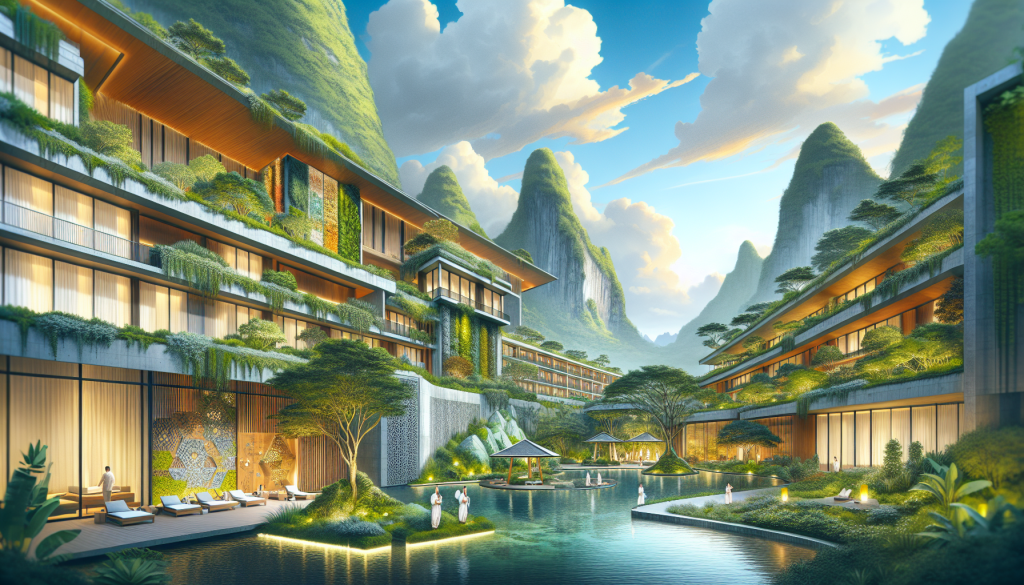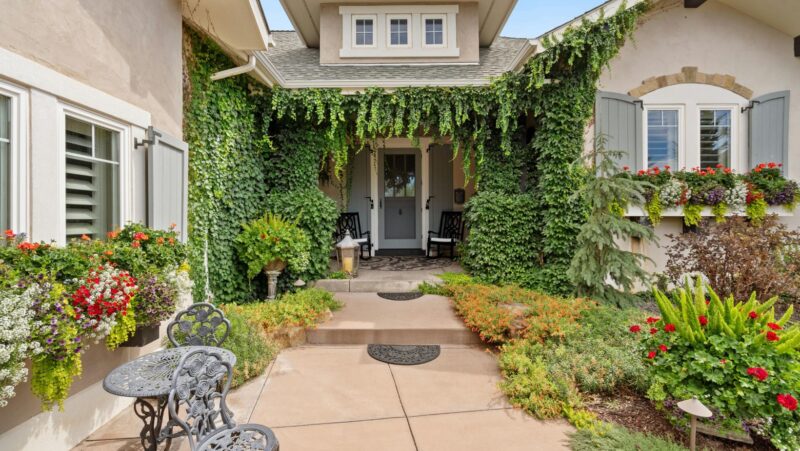
In the vibrant world of travel and leisure, hospitality architecture has taken center stage, prioritizing not only the visual appeal of a structure but also the overall guest experience. Visionary designers are crafting environments that offer more than a mere stay — they’re creating journeys curated through space and structure. These innovative trends are reshaping the industry, setting a new benchmark for what it means to soak in the luxurious embrace of hospitality.
Integrating Local Culture Into Design
Nowadays, travelers yearn for authenticity and a profound connection with their destinations. Architects are answering this call by weaving local art, traditions and materials into the fabric of their designs. This approach allows guests to immerse in the essence of the place, often making a hotel’s walls an extension of their adventure. From artworks commissioned by local artisans to lobbies that narrate the history of their setting, every corner offers a story that enriches the visitor’s experience.
Architects are pushing boundaries further by collaborating with local communities to ensure the hotel’s architecture not only reflects the culture but also benefits its surroundings. This includes sourcing materials from local producers and offering spaces that can be used for community events. The goal is to create a mutually enriching relationship between the hotel and its locale, promoting sustainable tourism and economic growth.
Moreover, the architectural homage to regional aesthetics is not merely superficial; it dives deep into the very ethos of the locale, influencing the design decisions from the ground up. Innovators in hospitality architecture consider every nuance, from the influence of local climate on building materials to the subtle integration of folk motifs in interior finishes. This holistic approach ensures that each project is not only culturally relevant but also resonates with guests on a personal level, providing an authentic local experience that is both immersive and inspiring.
Embracing Sustainability And Wellness
As awareness grows, so does the demand for sustainable hospitality architecture. Designers are adopting green technologies, using renewable resources and even integrating vertical gardens into their blueprints. Additionally, wellness has ascended as a pivotal feature, with spaces dedicated to rejuvenation and relaxation — think serene spa facilities, calming water features and interiors flooded with natural light. These elements don’t just cater to the clients’ comfort; they also reflect a deep respect for the environment, cultivating a harmony between humans and habitats.
Eco-conscious design is transcending the usage of green materials and renewable energy; it’s evolving into creating self-sustaining ecosystems within hotel premises. Some architects are introducing features such as rainwater harvesting and greywater recycling systems. Moreover, wellness retreats are being designed to include fitness trails, outdoor yoga studios and even healing gardens, enabling guests to reconnect with nature while contributing to their mental and physical well-being.
Revolutionizing Spaces With Technology
Technology has certainly left its innovative fingerprint on the face of hospitality architecture. From rooms that adjust to personal preferences to lobbies that interact with guests upon entry, these tech-infused designs provide a seamless blend of convenience and novelty. Smart, adaptive lighting systems and intuitive room controls are becoming the new norm, transforming the basic hotel stay into a customized, high-tech adventure that piques the interest of the modern traveler.
Crafting Memorable Social Spaces
The communal areas of hospitality venues are undergoing a renaissance, transforming from mere passageways to dynamic hubs of interaction. Architects understand that the heart of a memorable stay often lies in shared experiences. Therefore, they’re designing lobbies that double as social lounges and rooftop gardens that offer not just views but venues for connection. By cultivating these communal spaces, they foster an atmosphere of connectivity, inviting guests to mingle and forge new stories.
Design Narratives That Captivate
Every building tells a tale, and within hospitality architecture, this concept is being dialed up to captivating new levels. From thematic hotels steeped in local lore to avant-garde establishments that feel like a step into the future, designers are penning visual stories that guests can walk through. These spaces are not just seen but experienced — each element, from the carefully curated art to the dramatic lighting, plays a role in the narrative, whisking away visitors on an unforgettable sensory journey.
Final Notes On Hospitality Design
In the world of hospitality architecture, anticipation for the future is as rich and diverse as the designs themselves. Architects who are shaping this realm possess a profound empathy for guest expectations, environmental needs and the healing power of innovation. As a result, each new trend in hospitality design is not just a fad; it’s a window into an evolving ethos of travel, sustainability and comfort. From the serenity of a spa to the shared laughter in a chic bistro, these designs form the backdrop to moments that, for many, become treasured memories.














